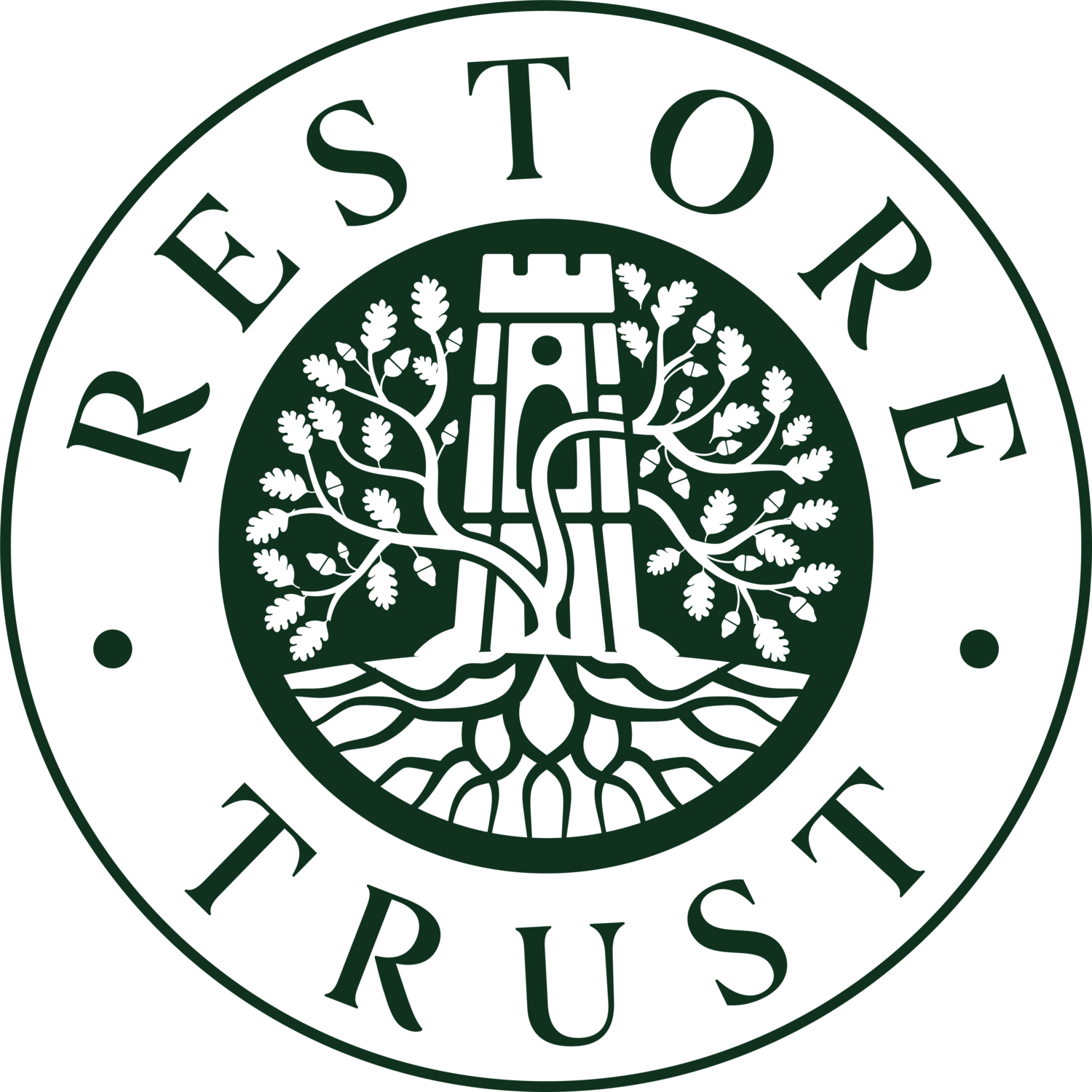James Beal | The Times | 14 October 2022
This article was first published in The Times on 28 October 2022.
A pressure group has expressed its “shock and disappointment” over the National Trust’s decision not to restore an 18th-century stately home gutted by fire.
Members of Restore Trust have written to the National Trust’s chairman, René Olivieri, over the 2015 blaze at grade I listed Clandon Park in Surrey. The fire, which started in a faulty electrical board in the basement, swept through the four-storey house, causing its roof, ceilings and floors to collapse.
The National Trust received an insurance payout of £63 million. But plans revealed by the trust this year showed it was to be conserved as a ruin rather than restored, letting visitors see the “raw power and poetic beauty” of the building, with interior walkways and roof lights showing its shell. Restore Trust claims failing to refurbish the building breaches the National Trust’s statutory duties. Its letter to Olivieri said: “The avoidable tragedy of Clandon’s ravaging by fire is being deliberately compounded by planned additions to the ruined interior of Clandon House which are completely out of keeping with the spirit of the 18th-century building.” It urged the trust to review its plans “immediately”.
The group had called for the resignation of the previous National Trust chairman, Tim Parker, who stepped down last year after seven years marked by several controversies. READ FULL ARTICLE
The open letter to Rene Olivieri:
Friday 28 October 2022
Dear Mr Olivieri,
We write to you to express our shock and disappointment at the National Trust management’s recent announcement of its intention not to restore any of the interior of Clandon House after it was ravaged by fire in 2015 and instead to leave the house as a ruin, using the insurance money initially destined for restoration of the interior to build concrete walkways and a glass roof.
We petition you, as Chairman of the National Trust and therefore the Principal charged with protecting both the reputation of the Trust and the impeccability of its decisions within its governing instruments, to review these decisions, which we see as inconsistent with the National Trust's charitable objects and which we believe should be reversed.
Following the devastating fire at Clandon House, the National Trust stated that “given their historic and cultural significance, and the fact that so many original features have survived, we believe we should restore the magnificent state rooms on the ground floor”. The then director of the National Trust, Helen Ghosh, said that the National Trust recognised “that the enduring significance of the house is its architecture and so we would like to return it to the 18th century design – making it a purer, more faithful version of Clandon as it was when it was first built. This element of the project will also enable us to draw on the wealth of expertise within the Trust and beyond to utilise and develop traditional skills which are in grave danger of being lost.” We are entirely supportive of those expressed goals.
Now, seven years after the fire and having received a payout of £66.3 million from the insurers, the National Trust’s current senior management has announced an abrupt u-turn. Instead of restoring the interior of Clandon House, it proposes to build a glass roof and concrete walkways from which visitors can admire the “evocative spaces created by the fire” and appreciate “the poetic grandeur of a great house laid bare”. Evocative of what? The National Trust does not exist to lay bare but to protect heritage “for ever” and to show it to the public.
It seems to us that this decision is prima facie in clear conflict with the National Trust’s statutory duties expressed in the National Trust Acts and specifically Ch. cxxxvi Cl 4(1) (1907) which sets out as the central duty of the National Trust “…the permanent preservation for the benefit of the nation of lands and tenements [including buildings] of beauty or historic interest”. As a result, these proposals radically to breach the duty of permanent preservation would appear to constitute a breach of the Trust's charitable objects.
The avoidable tragedy of Clandon’s ravaging by fire is being deliberately compounded by planned additions to the ruined interior of Clandon House which are completely out of keeping with the spirit of the 18th-century building.
In addition to prima facie breach of statutory and charitable duties, experimenting with a Grade I-listed historic house—a house deemed to be of “exceptional” interest and importance—in the way the National Trust’s management proposes to do surely sets a dangerous precedent. Nor is there any indication that Trust members would like their money to be spent in this way: in fact, many members have expressed their horror at the proposals.
Moreover, we believe it is simply wrong for the National Trust’s management to be opaque about the insurance settlement and about the decision-making processes surrounding it. National Trust members and the public have a right to know whether the management’s current plans on how to spend the insurance money are consistent with the initial insurance application that was made by the Trust; and, indeed, to know the reasons for the management’s u-turn in plans for Clandon.
We therefore urge you to review immediately the plans for Clandon and to ensure that, in keeping with the National Trust Acts and the Trust’s charitable objects, and consistent with the purpose of any usual insurance payout in such circumstances, the interior of Clandon House is restored.
We look forward to hearing from you at your earliest convenience.
Yours sincerely,
Zewditu Gebreyohanes
Director, Restore Trust
Professor Gwythian Prins MA PhD (Cantab) FRHistS
Former Board Member, Charity Commission
Nicholas Boys Smith MA MPhil FRSA AoU
Former Commissioner, Historic England
Christopher Boyle KC
Former Chairman, Georgian Group

